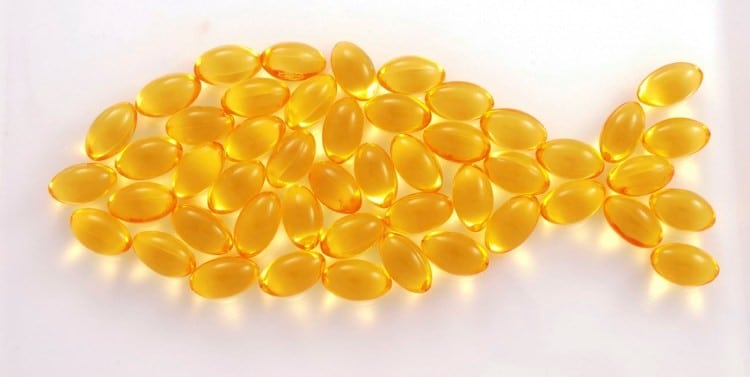As published in the journal Circulation “From our review of the evidence from 17 randomized, controlled clinical trials on high triglyceride levels, we concluded that treatment with 4 grams daily of any of the available prescription choices is effective and can be used safely in conjunction with statin medicines that lower cholesterol,” said Ann Skulas-Ray, Ph.D., an author of the advisory.
Currently there are 2 forms of prescription omega-3 fatty acid medication available; one combines EPA and DHA, and the other provides EPA only; as there have not been any studies of comparisons of the formulation at prescription dosing the advisory doesn’t recommend one over the other.
Triglycerides are fats that circulate in the blood, studies have shown that elevated levels can lead to atherosclerosis which increases the risk of stroke, heart attack, and very high levels can lead to pancreatitis.
According to Skulas-Ray an assistant professor at the University of Arizona who notes that there is a lack of research to support clinical use of omega-3 fatty acids supplements, “Dietary supplements containing omega-3 fatty acids are not regulated by the FDA. They should not be used in place of prescription medication for the long-term management of high triglycerides.” Currently the FDA only approves prescription omega-3 fatty acids to treat triglyceride levels above 500 mg/dL.
According to the advisory most people with high triglycerides using prescription doses of either medication reduced levels by 20-30%. The formula containing EPA and DHA did not increase bad cholesterol levels among most with levels at 200-499 mg/dL but may among those with levels higher than 500 mg/dL. Both prescriptions were effective regardless of whether statin therapy was being used. The EPA only medication when combined with statin medications resulted in a 25% reduction in major cardiovascular events among those with high triglyceride levels.
Elevated levels of triglycerides are common in America, and this prevalence is increasing along with the rates of diabetes and obesity, it is estimated that 25% of Americans have triglyceride level above 150 mg/DL which is at the borderline of being high.
For those who choose to refrain from taking prescriptions, food is still the best source for obtaining omega-3 fatty acids which includes fatty fish, algae, and several high fat plant foods. The American Heart Association recommends eating fatty fish such as salmon, sardines, mackerel, herring, and tuna at least twice a week.
It is fairly easy to obtain plenty of omega-3 fatty acids via consuming whole foods. Cod liver oil contains about 2,664 mg per serving, as well as vitamins A and D. Flaxseeds contain 2,338 mg per serving, Chia seeds contain 4,915 mg, walnuts contain 2,542 mg, soybeans 1,241 mg, and although not as high as other sources hemps seeds, spinach, Algal oil, Perilla Oil, Brussel sprouts, oysters and purslane also contain omega-3 fatty acids among others.
Aside from food making healthy lifestyle choices such as losing weight and regular physical activity, avoiding sugar, refined carbohydrates and processed foods, limiting alcohol while choosing better choices of healthier fats in place of saturated fats can help to lower triglyceride levels. Treating and/or eliminating conditions such as type 2 diabetes, obesity, and hypothyroidism that all contribute to high levels of triglycerides is recommended before turning to medications.




